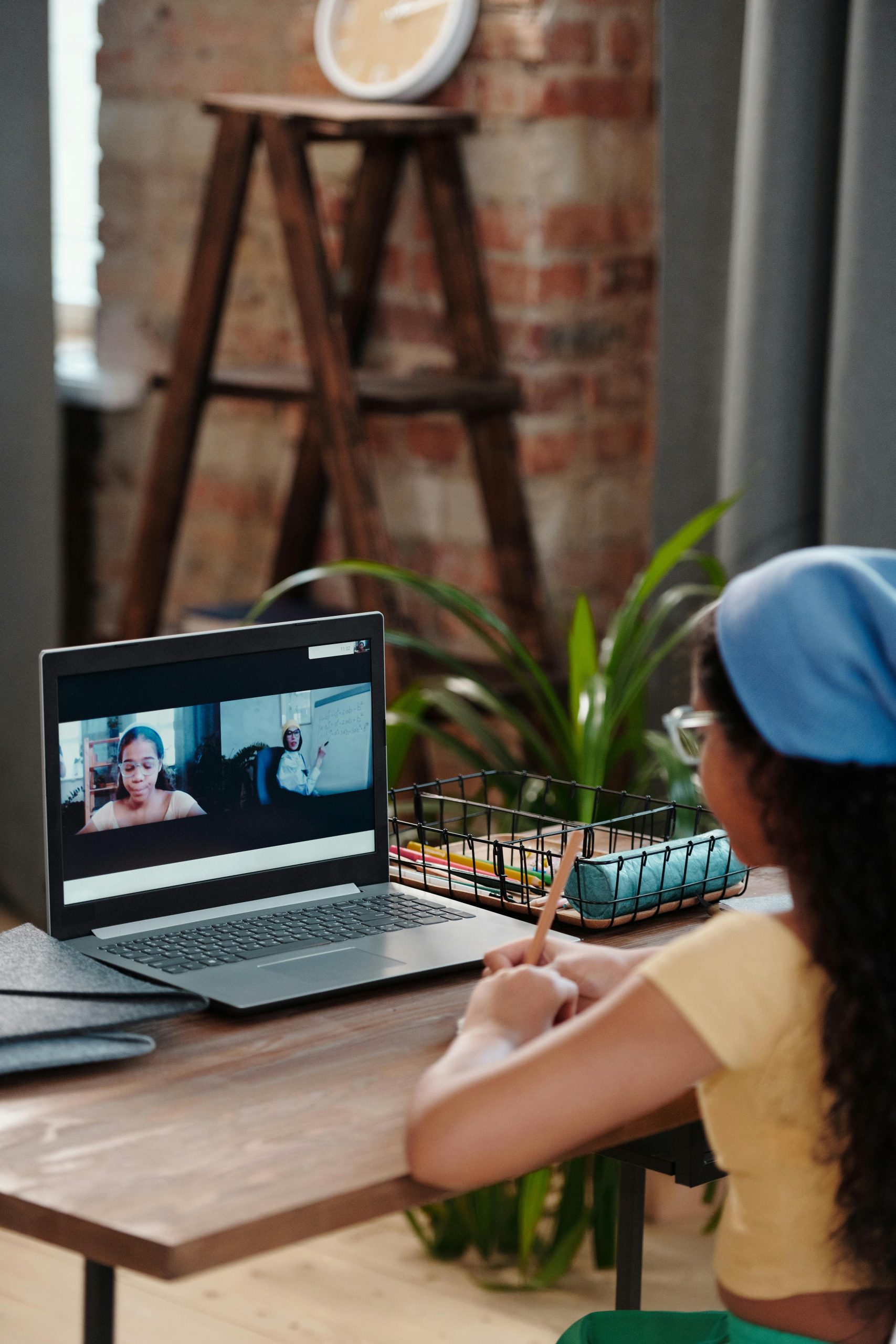Seeking Reliable and User-Friendly Free Remote Desktop Software: A Guide for Beginners
In today’s digital landscape, remote desktop solutions have become essential tools for technical support, remote work, and personal assistance. However, finding software that balances ease of installation, reliable performance, and cost-effectiveness can be challenging, especially for users without advanced technical skills.
The Challenges with Common Remote Desktop Tools
Many users begin with popular options like TeamViewer, which offers robust features and a free tier suitable for personal use. However, as familiarity with the software grows, users often encounter increased complexity during installation or configuration — making it less accessible for beginners.
Others turn to alternatives such as Chrome Remote Desktop. While it’s praised for its straightforward setup, some users report frequent bugs and input recognition issues, which can diminish productivity and user experience.
What to Look for in a Remote Desktop Solution
For those seeking a remote desktop solution that is:
- Free: No hidden costs or subscriptions
- Quick and Easy to Install: Minimal technical steps involved
- Reliable in Performance: Consistent connectivity and input responsiveness
- User-Friendly for Beginners: No complex account setups or complicated configurations
there are several options worth considering.
Recommended Features for Beginner-Friendly Remote Access Tools
When selecting a remote desktop application suited for novices, prioritize the following features:
- Zero or Minimal Account Requirements: Ideally, software that doesn’t mandate creating an account, streamlining the setup process.
- Simple Installation Process: A straightforward setup with clear instructions.
- Stable Connection: Dependable connectivity to avoid interruptions.
- Responsive Input Transmission: Smooth mouse and keyboard control for seamless remote operation.
Potential Alternatives to Explore
While there isn’t a perfect one-size-fits-all solution, some tools are known for their simplicity and effectiveness:
- AnyDesk: Offers a free version with quick setup, minimal account requirements, and a reputation for reliable performance.
- UltraVNC: An open-source option that allows direct control without needing an account, though it may require a slightly more technical setup.
- RustDesk: An emerging open-source remote desktop solution emphasizing privacy and ease of use, with minimal configuration needed.
Final Thoughts
Selecting the right remote desktop tool depends on your specific needs and comfort level with technology. For users prioritizing simplicity and ease of setup, testing out a few options like AnyDesk or RustDesk could be worthwhile.
Remember to always
Share this content:



